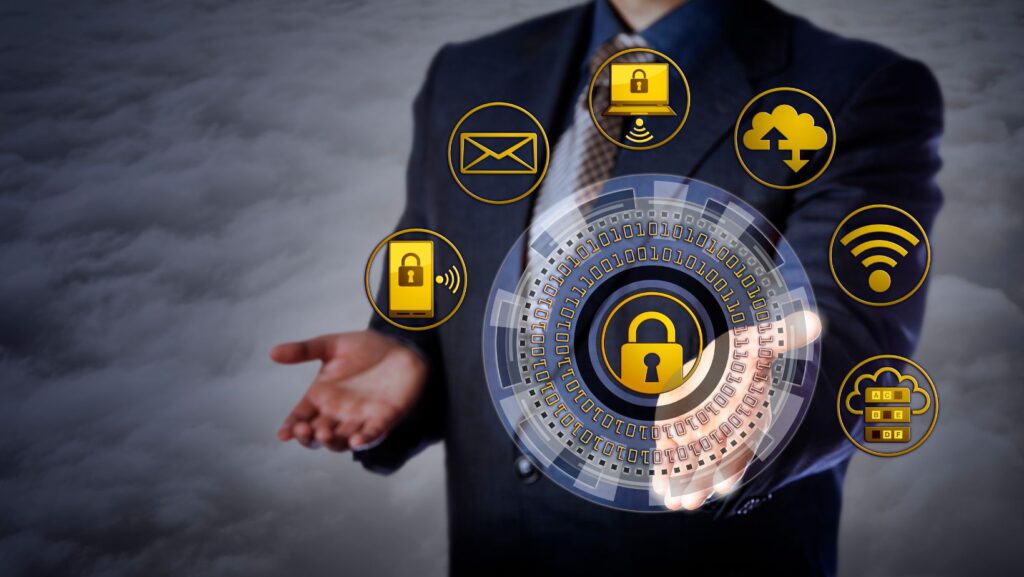In today’s digital world, cybersecurity is more important than ever. As technology advances, so do the threats that organizations face. Cyberattacks can happen at any time, targeting businesses, governments, and individuals. When an attack occurs, it is crucial to respond quickly and effectively to minimize damage. This is where SOAR solutions come into play. They are transforming how organizations handle incidents and protect themselves from cyber threats.
What Are SOAR Solutions?
SOAR stands for Security Orchestration, Automation, and Response. SOAR solutions combine various tools and processes to streamline incident response in cybersecurity. They help security teams manage and respond to security incidents more efficiently. By automating repetitive tasks and integrating different security tools, SOAR solutions allow teams to focus on higher-level issues.
In simple terms, think of SOAR as a way to make cybersecurity teams work smarter, not harder. With SOAR, organizations can respond to incidents faster and reduce the risk of data breaches and other cyber threats.
The Importance of Incident Response
Incident response is a crucial part of cybersecurity. It involves the steps taken to identify, manage, and recover from a cybersecurity incident. A strong incident response plan can help organizations minimize damage and recover quickly from attacks. Here are some key reasons why incident response is vital:
- Speed: Cyberattacks can escalate quickly. The faster an organization responds, the less damage is likely to occur.
- Damage Control: Quick response can prevent data loss and protect sensitive information.
- Regulatory Compliance: Many industries have regulations that require organizations to have incident response plans in place.
- Reputation Management: A swift and effective response can help maintain an organization’s reputation after an incident.
- Learning Opportunity: Every incident is a chance to learn and improve security measures for the future.
Given these factors, organizations must adopt effective incident response strategies to protect their assets and data.
The Challenges of Traditional Incident Response
Traditional incident response methods often involve manual processes. Security teams may have to switch between different tools and platforms, making it challenging to respond quickly. Here are some common challenges faced by security teams:
- Overwhelming Volume of Alerts: Security tools generate a lot of alerts, and not all of them are critical. Security teams may struggle to prioritize which alerts to respond to.
- Resource Constraints: Many organizations do not have enough staff to handle the number of incidents they face. This can lead to burnout and missed threats.
- Lack of Coordination: Different teams may use different tools and processes, leading to confusion and delays in response.
- Time-Consuming Tasks: Many response tasks are repetitive and time-consuming. Manual processes can slow down incident resolution.
- Knowledge Gaps: Not all team members may have the same level of experience, leading to inconsistent responses.
How SOAR Solutions Address These Challenges
SOAR solutions help organizations tackle these challenges by providing a centralized platform for incident response.

But what is SOAR in cyber security? Here are some key ways that SOAR solutions are revolutionizing how we respond to incidents:
Automation of Repetitive Tasks
One of the key features of SOAR solutions is automation. By automating repetitive tasks, SOAR allows security teams to focus on more complex issues. For example, SOAR can automatically collect data from various sources, such as firewalls, intrusion detection systems, and endpoints. This saves time and ensures that teams have the information they need to make informed decisions.
Streamlined Communication
SOAR solutions improve communication between different teams and tools. They can integrate with various security technologies, allowing teams to work together more effectively. This integration helps ensure that everyone is on the same page, reducing confusion and improving response times.
Prioritization of Alerts
SOAR solutions use machine learning algorithms to analyze alerts and prioritize them based on risk levels. This means that security teams can focus on the most critical incidents first, ensuring that they address the most pressing threats. By reducing the noise from less important alerts, teams can respond more efficiently.
Improved Collaboration
SOAR solutions promote collaboration between teams. When an incident occurs, SOAR can bring together the necessary stakeholders, such as security analysts, IT staff, and management. This collaboration helps ensure that everyone is aware of the situation and can contribute to the response.
Continuous Learning
SOAR solutions can learn from past incidents. They analyze previous responses to identify patterns and improve future responses. This continuous learning helps organizations become more resilient over time, as they can adapt their strategies based on real-world experiences.
What Is SOAR in Cybersecurity?
First of all, we need to know what is SOAR in cyber security. SOAR in cybersecurity refers to the integration of tools and processes designed to enhance incident response. It involves automating tasks, streamlining workflows, and improving communication among security teams. SOAR solutions help organizations respond faster to incidents and reduce the risk of data breaches. By providing a centralized platform for incident response, SOAR solutions empower security teams to work more efficiently and effectively.
Real-World Examples of SOAR Solutions in Action
To understand the impact of SOAR solutions, let’s look at some real-world examples:
Example 1: A Financial Institution
A large financial institution faced numerous phishing attempts daily. The security team was overwhelmed with alerts and struggled to keep up. After implementing a SOAR solution, they automated the process of investigating phishing emails. The SOAR platform collected data from multiple sources, analyzed it, and determined whether an email was legitimate. This automation reduced the workload on security analysts and allowed them to focus on higher-priority incidents.
Example 2: A Healthcare Organization
A healthcare organization experienced a ransomware attack that threatened patient data. The security team used a SOAR solution to coordinate their response. The platform integrated with their existing security tools, allowing the team to isolate affected systems quickly and contain the attack. By streamlining communication and automating certain tasks, the organization minimized downtime and protected sensitive patient information.
Example 3: A Retail Company
A retail company faced a data breach that exposed customer information. After implementing a SOAR solution, they could respond more effectively to incidents.

The SOAR platform helped the security team analyze the breach, identify the source, and mitigate the damage. By improving its incident response, the company regained customer trust and strengthened its security posture.
The Future of SOAR Solutions
As cyber threats continue to evolve, the demand for SOAR solutions will only increase. Organizations will need to stay ahead of the curve and adapt their incident response strategies to meet new challenges. Here are some trends to watch for in the future of SOAR solutions:
- Increased Automation: As technology advances, we can expect even more automation in incident response processes. This will help organizations respond to threats faster and with greater accuracy.
- Integration with AI and Machine Learning: SOAR solutions will increasingly leverage AI and machine learning to improve threat detection and response capabilities. This technology can help identify patterns and anomalies in data, making it easier to detect potential threats.
- Greater Focus on Threat Intelligence: SOAR solutions will likely incorporate more threat intelligence feeds to provide real-time information on emerging threats. This will enable organizations to respond proactively rather than reactively.
- Collaboration with Third-Party Vendors: SOAR solutions will increasingly collaborate with third-party vendors to enhance their capabilities. This collaboration will provide organizations with a broader range of tools and resources to combat cyber threats.
- User-Friendly Interfaces: As SOAR solutions evolve, we can expect more user-friendly interfaces that make it easier for security teams to navigate and manage incidents. This will empower teams to respond more effectively, regardless of their experience level.
Conclusion
In an age where cyber threats are constantly evolving, SOAR solutions are revolutionizing incident response in cybersecurity. By automating tasks, streamlining communication, and integrating various security tools, SOAR solutions enable organizations to respond quickly and effectively to incidents. As the digital landscape continues to change, the importance of SOAR solutions will only grow. Organizations that embrace these tools will be better equipped to protect their assets and navigate the challenges of the cybersecurity landscape.
With SOAR solutions in place, businesses can enhance their incident response capabilities, ultimately leading to a more secure digital environment for everyone. As we move forward, embracing SOAR solutions will be key to staying ahead of cyber threats and ensuring a safer online experience.



